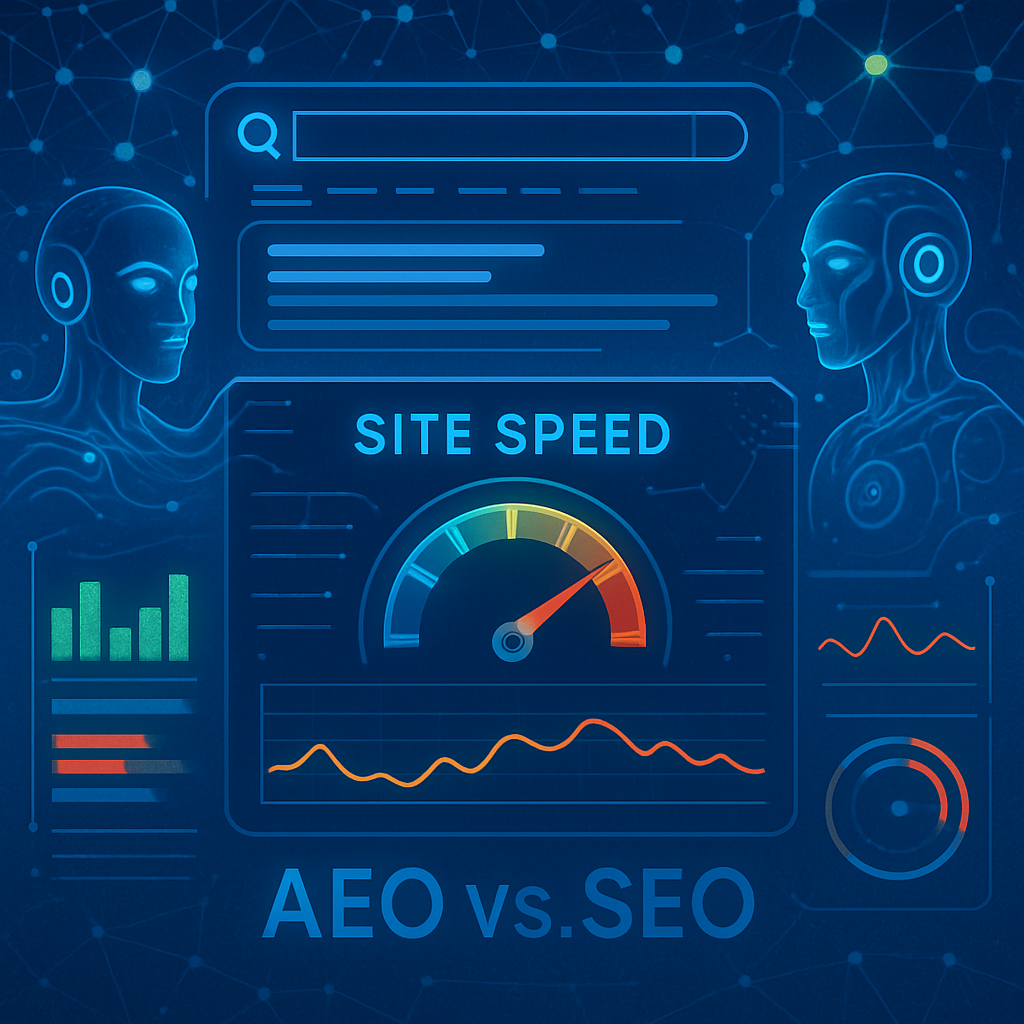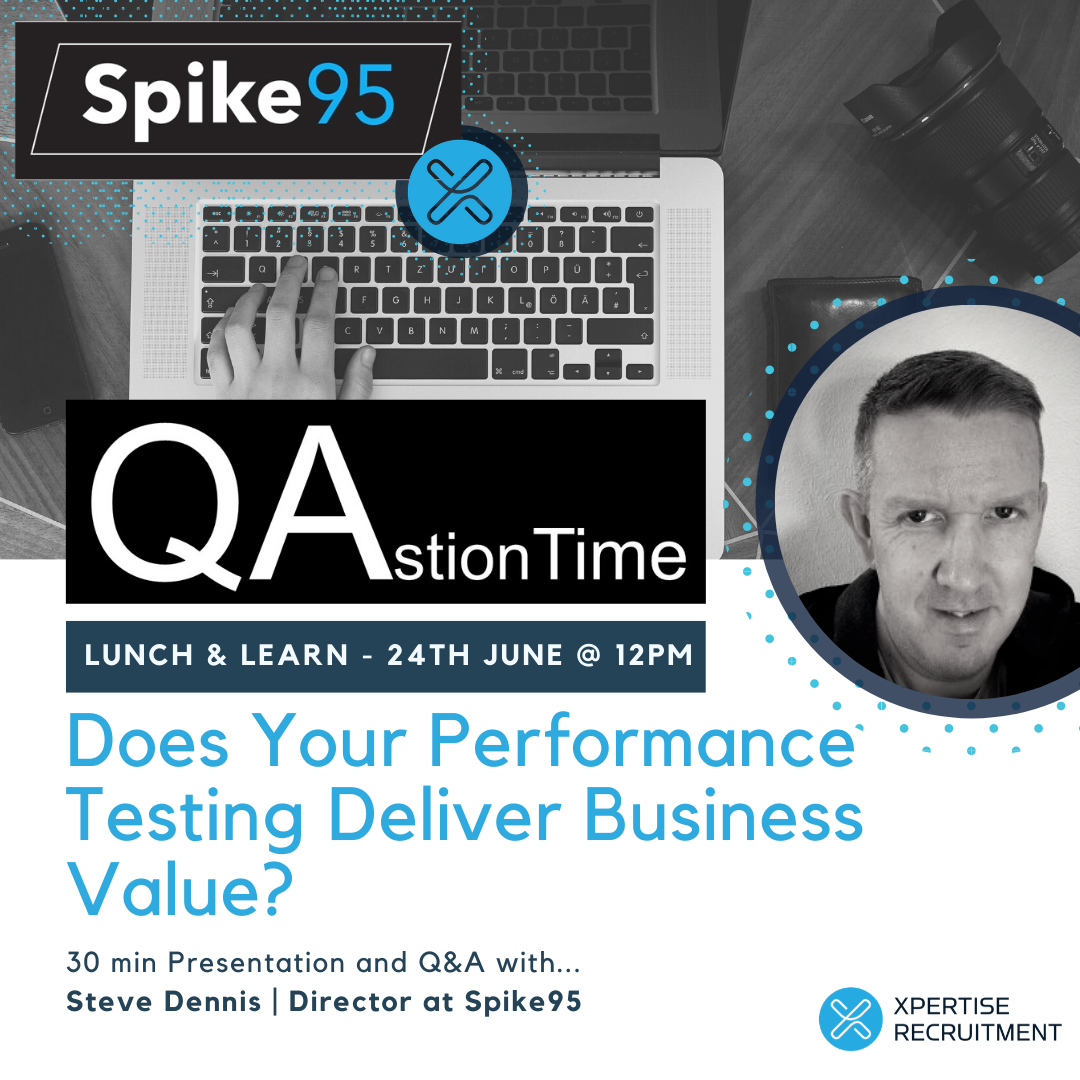Retailers - Prepare your software for peak seasons!
As we move towards the end of 2020, we’re approaching the most wonderful (and stressful) time of the year where retailers are not only facing one...

The digital landscape is undergoing a seismic shift, one that fundamentally challenges the long-held dogma of Search Engine Optimization (SEO). For years, the metric of site speed—epitomized by Google's performance scores and the mantra of Core Web Vitals (CWV)—was treated as an ultimate goal. While achieving a perfect "green score" once dominated tech team roadmaps, the relevance of this singular focus is now being called into question as we pivot toward an era dominated by Answer Engine Optimization (AEO) and Large Language Models (LLMs).
How weird does the focus on a simple 100-point Google score sound now? Google itself, the historic arbiter of web performance, currently lists only about 10 organic items per search results page. More importantly, search and engagement are changing in almost every possible way—right now. The conventional organic ranking model, while still present, accounts for a diminishing share of overall traffic, leading to fragmentation across user acquisition channels.
The launch of major, commercially powerful generative AI search engines, such as OpenAI's Atlas this week and Perplexity's Comet a few weeks prior, marks a definitive inflection point. These platforms are not merely indexing pages; they are consuming, synthesizing, and answering queries, driving a massive shift in how information is accessed and consumed.
In this evolving environment, the reliance on traditional organic rankings is waning. However, this does not mean site speed is becoming irrelevant. On the contrary, it may be more critical than ever, but for different reasons.
Our current thinking is that while the traditional "organic ranking signal" of speed isn't overtly important today, the new breed of LLM-driven answer engines will likely rank for speed AND context as they crawl and process data far more frequently and deeply than Google's legacy infrastructure currently does.
LLMs operate under different economic and computational constraints than a traditional search engine indexer. They require vast amounts of data to provide real-time, synthesized answers. A slower site imposes a greater cost on the LLM provider in terms of:
Computational Overhead: More time spent waiting for a page to load translates to higher operational costs (CPU/GPU time) for the LLM infrastructure.
Crawl Efficiency and Freshness: Faster sites allow LLM agents to crawl a much larger volume of the web more frequently, ensuring the freshness and comprehensiveness of their answers—a core competitive advantage in AEO.
User Experience (Indirect): Even if the LLM provides the answer directly, it is scraping the source page behind the scenes. If a user clicks through to the source for verification, a slow load time still degrades the overall ecosystem experience.
The speed of a page load is clearly going to remain important, but the idea that a green "google score" is the ultimate aim of your tech team seems a little outdated.
Given the economic shift in crawl priorities, the focus needs to move from chasing diminishing returns on site speed (i.e., optimizing the last 5% for a perfect green score) to achieving functional excellence that facilitates efficient machine consumption.
Here at Spike towers we reckon a decent Amber score is "fine" for most. This is not a license for technical debt; it is a pragmatic assessment of resource allocation. The resources previously dedicated to shaving milliseconds off the Largest Contentful Paint (LCP) could be better deployed to:
Improving Content Semantics and Structure: Making content easily parseable by LLMs (e.g., clear headings, structured data, concise summaries).
Ensuring Data Freshness and Accuracy: The true value signal for an LLM is up-to-date, verifiable information.
Optimizing for Context and Authority: Building trust signals that LLMs can clearly identify, such as clear authorship and references.
This shift represents a move from metric-chasing to utility-optimization. The goal is no longer pleasing a Google algorithm for organic placement; it's about facilitating efficient, cost-effective data ingestion by the dominant AI models that are shaping the future of search.
Let us know what you think!!
|
Source |
Link/Reference |
Key Takeaway |
|
Google Search Central |
While still a signal, CWV's influence must be balanced against evolving search methods. |
|
|
OpenAI Research |
Hypothetical/Internal Atlas Documentation |
Focuses on speed and data structure for efficient model training and answering (implied priority). |
|
Perplexity AI |
Highlights the importance of source verification and rapid synthesis, requiring efficient data access. |
|
|
Web Almanac |
Data shows a plateau in site speed metrics, indicating diminishing returns for extreme optimization. |

As we move towards the end of 2020, we’re approaching the most wonderful (and stressful) time of the year where retailers are not only facing one...

Streaming content has become standard as internet connection speeds have increased over the past 20 years, both in the home and across mobile...

To quote Top Gun: “I feel the need … the need for speed!” This is what every business and IT leader should be thinking about when it comes to...

For most ecommerce sites 2020 has allowed an ever rising influx of customers to flock online and buy pretty much everything they want or need as...

We delivered a Performance Testing lunch and learn session at the QAstionTime event on 24 June, hosted by our friends at Xpertise Recruitment.